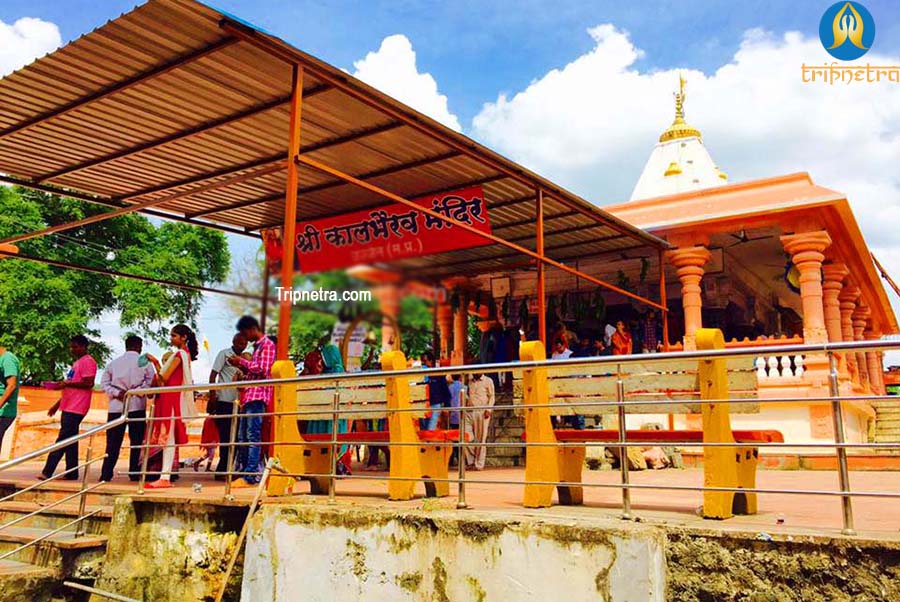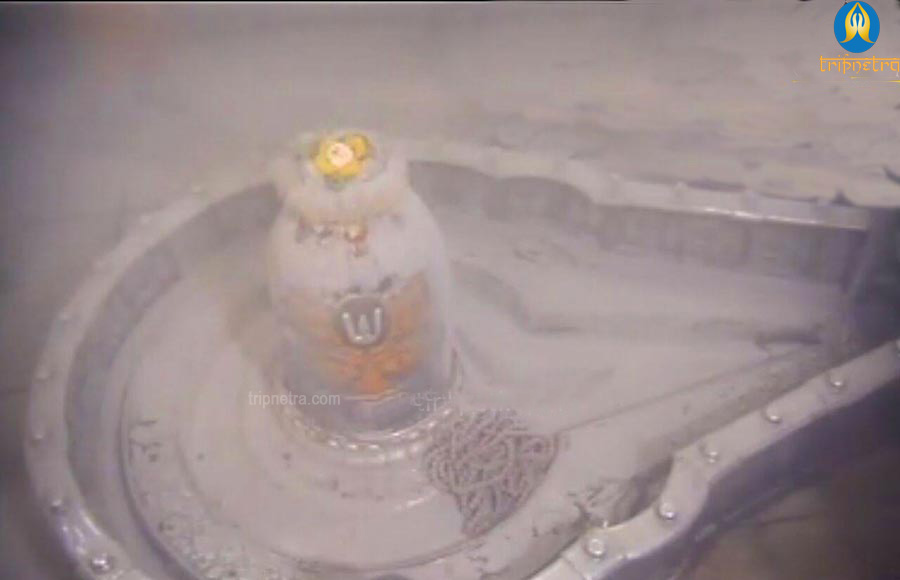Khajuraho Temple Information
Khajuraho Temple History, Temple Timings, Darshan, Open and Closing Timings, Route info
The king Dhangadeva built the Vishvanatha temple, the western group of Khajuraho monuments, a UNESCO world heritage shows the Vishwanath temple.This temple is located in the Khajuraho district, Madhya Pradesh (India), the Vishwanath temple is also known as Marakateshvara as Dhangadeva installed the Shiva Lingam, the term Vishwanatha means “Lord of Universe”, the specialty of Vishwanath temple is the Shiva Lingam, the main (large) Shiva Lingam is been carved with 101 small shiva lingams over it(Large Shiva Linga). This is the Shiva temple where continuous poojas from sunrise to sunset takes place.
The Vishwanath temple shows many gates, among them the northern gates decorated with lions and southern gates are decorated with elephants. When compared to the other temples, Vishwanath temple also shows sculptures and curvatures also add up an extra essence of flair staircase which make it special from the rest of the others. These stairs continuous to the main mandapam of the temple leading to the shikhara. The Garba Griha shows the idols of Lord Brahma (three-headed )along with the idols of Shiva and Parvathi. The Vishwanatha temple has a huge idol of Nandi about 6 feet which is the centre of attraction of the temple. The History of the temple is been in scripted on the walls of the temple.
Khajuraho Temple History
- The Vishwanatha temple was built in 999 CE- 1002 CE.
- Vishwanatha temple belongs to Chandela period.
- The temple is 89 feet length, 46 feet in breadth.
- The king Dhangadeva established the Vishwanath temple.
- King Dhangadeva installed the precious emerald Shiva Lingam.
- This precious emerald Shiva Lingam was missing during Cunningham visited the temple.
- The Vishwanath temple is originally Panchayatana but presents only the of the exits.
- The architecture of the Vishwanath temple resembles the Kandaria Mahadev temple.
- The outer morphology of the Vishwanath temple exactly looks as the rising towers or hills which symbolizes the rising foothills of Himalayas the home of Lord Shiva.
 Hotel Booking, Tour and Travel Planning, Online Tickets Tour Planning, Designing Packages, Hotel Booking
Hotel Booking, Tour and Travel Planning, Online Tickets Tour Planning, Designing Packages, Hotel Booking


